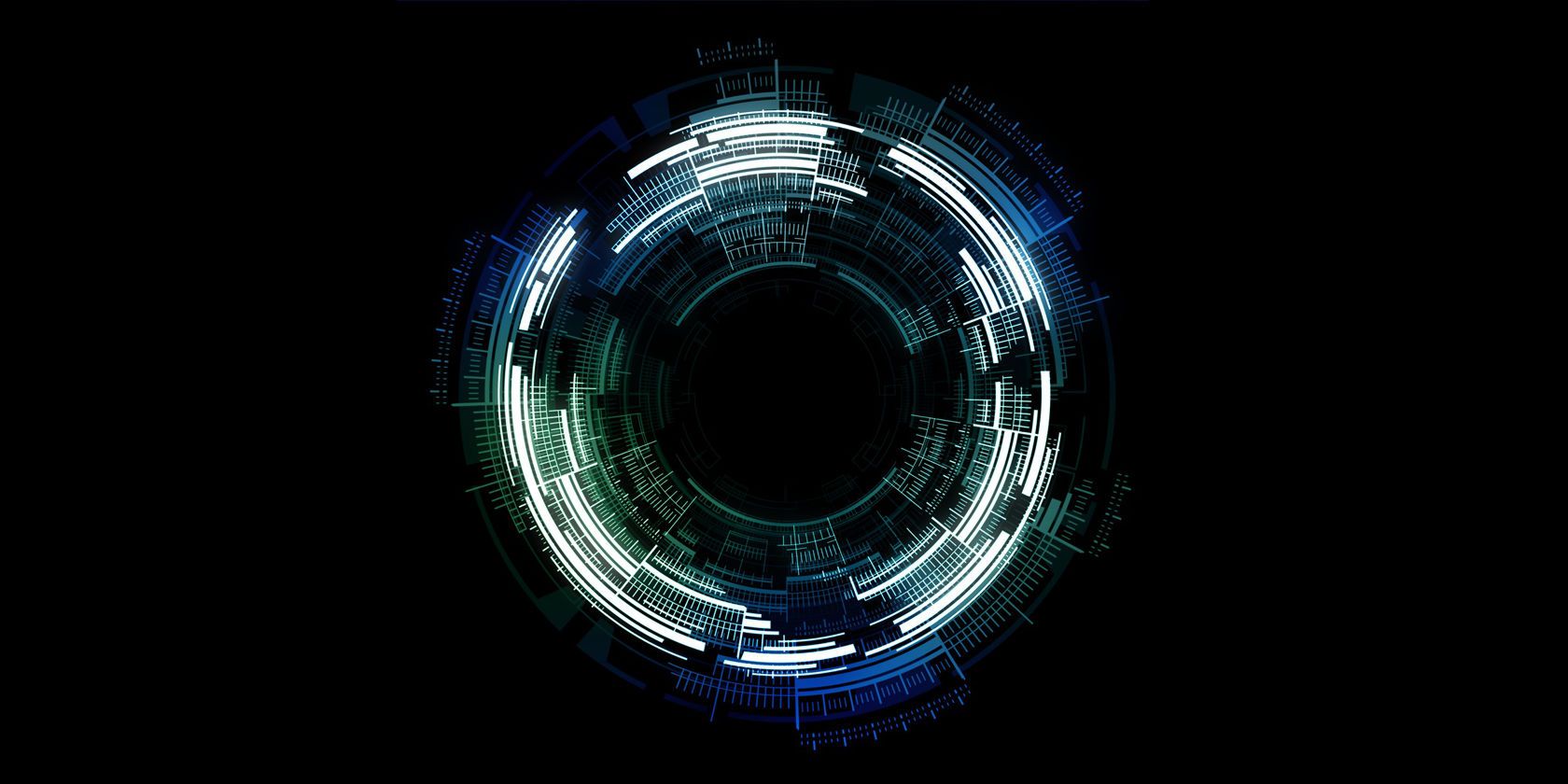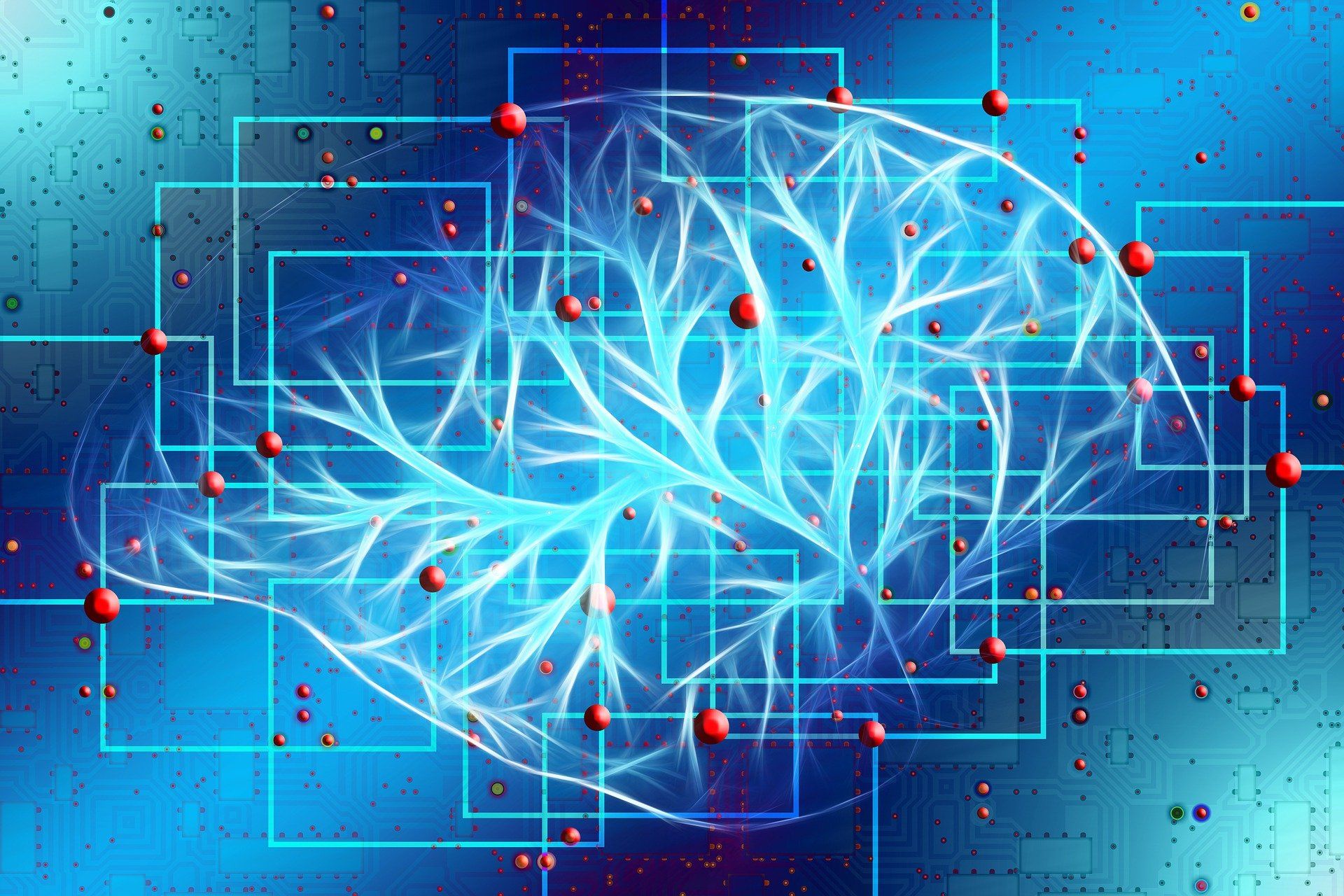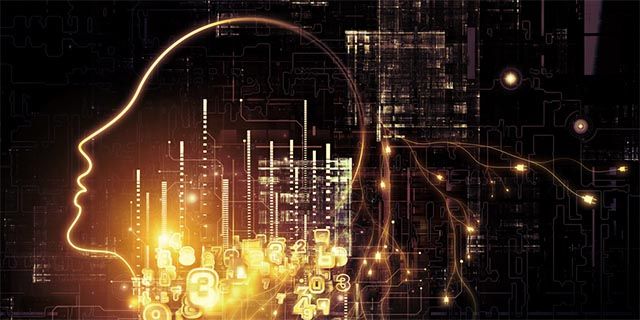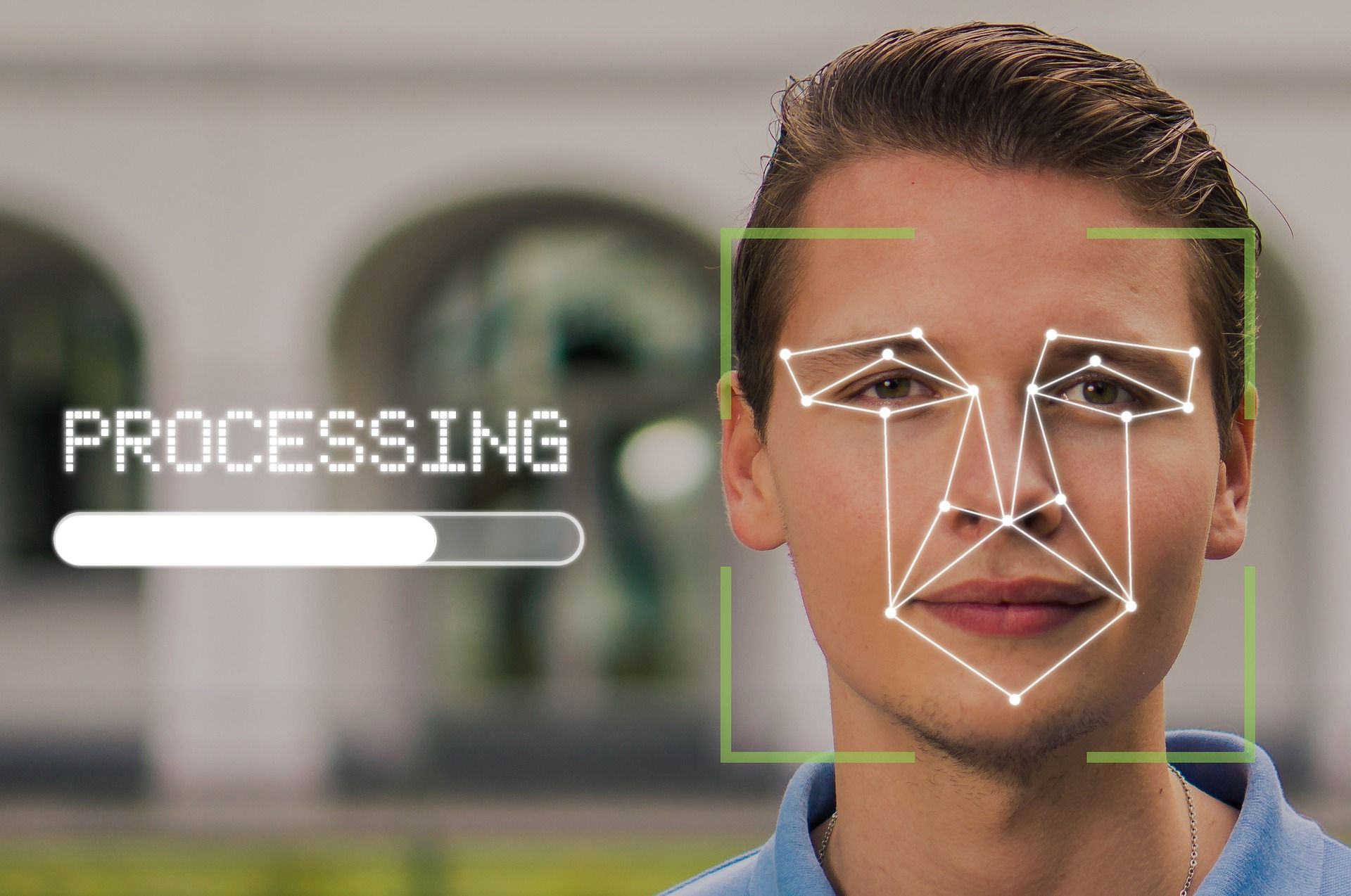When a human looks at a scene or an image, they understand it—what objects are in it and what’s happening if action is taking place. A computer, on the other hand, only processes digital data that describes the color value of each pixel. For a human, recognizing a pizza on a cluttered table is effortless. But until recently, computers would be unable to perform the same task.
Computer vision, or CV, enables a computer to be able to pick out important information from visual inputs and make accurate predictions and recommendations based on that information.
How Does Computer Vision Work?
Before computer vision, to create a program that recognized a particular image, a person would have to do hours of manual leg work. Firstly, a database of similar images would have to be collated.
Then, these images would have to be manually analyzed, measured, and annotated with relevant data that the researcher thought could identify the object in question (like color, measurements, and shape). Only then could software be used to make predictions.
On the other hand, computer vision automates this entire process using a machine learning approach known as deep learning. Deep learning uses a multi-layered neural network with hundreds of potential layers. In the case of images, this is usually a convolutional neural network (CNN).
Explaining in detail how deep learning and neural networks work is far beyond the scope of this article. Basically, large amounts of data are fed into the neural network. The neural network analyzes the data repetitively until it can form accurate predictions about it.
In the case of a CNN used for a computer vision task, the neural network takes the data through several steps. Firstly, it collapses the image into several pieces (individual pixels or groups of pixels that are tagged beforehand).
Then, it makes predictions about what’s in different pieces of the image (like hard edges or specific objects). It checks the accuracy of these predictions repeatedly and slightly alters parts of the algorithm each time until it becomes very accurate.
Computers are now so powerful they can analyze an image much quicker than the human brain, especially once they have learned to recognize certain patterns. In this way, it’s easy to see how a deep learning algorithm could outstrip human capabilities.
What Are the Types of Computer Vision?
Computer vision involves analyzing and understanding images and the output of relevant predictions or decisions about the images. There are various tasks that computer vision will use to achieve these goals. Some of these include:
- Image Classification: The type of image is recognized. For example, whether it’s a person’s face, landscape, or object. This kind of task can be used to identify and classify images quickly. One use for this is in automatically recognizing and blocking inappropriate content on social media.
- Object Recognition: Similar to image classification, object recognition can identify a particular object within a scene—like a pizza on a cluttered table.
- Edge Detection: A common use of computer vision, and usually the first step in object detection, is identifying the hard edges in an image.
- Object Identification: This is the recognition of individual examples of an object or image, like identifying a particular person, fingerprints, or vehicle.
- Object Detection: Detection is the identification of a particular trait within an image, like a fractured bone in an X-ray.
- Object Segmentation: This is the identification of which pixels in the image belong to the object in question.
- Object Tracking: In a video sequence, once an object has been recognized, it can easily be tracked throughout the video.
- Image Restoration: Blurring, noise, and other image artifacts can be removed by accurately identifying where the object versus background is in the image.
Examples of Computer Vision
Artificial intelligence is already used in several industries with a staggering effect, which is true for computer vision. Here are a few examples of CV already used today.
Facial Recognition
Facial recognition is one of the main ways that computer vision is used today. When compared against databases of known faces, computer vision algorithms can very accurately identify individual people.
- Social media analyzes images and automatically tags users that it has a good selection of images for.
- Laptops, phones, and security devices can identify people to allow access.
- Law enforcement uses facial recognition in CCTV systems to identify suspects.
Medicine
Computer vision is currently used in healthcare to provide faster and more accurate diagnoses than experts can make. Many applications involve analyzing X-ray, CT, or MRI images for particular conditions, including neurological illnesses, tumors, and broken or fractured bones.
Self-Driving Cars
Autonomous vehicles need to understand their surroundings to drive safely. This means recognizing roads, lanes, traffic signals, other vehicles, pedestrians, and more. All of these tasks utilize computer vision systems in real-time to avoid collisions and drive safely.
Computer Vision Is Challenging
The current applications of computer vision are already beginning to shift the way we work in various industries. From being able to detect faulty or broken equipment to accurately diagnosing cancer, computer vision has the capability to improve systems and save lives.
But, it isn’t without its challenges. Computer vision is still far from what human vision is. We have thousands of years of evolution enabling us to recognize and understand almost everything that happens around us in real-time. But, we have no idea how human brains perform these tasks.
Deep learning is a massive step in the right direction, but it still requires an amazing amount of work to create a system that can perform a task that humans can do very easily, like identifying a car on the road. This is because computers perform constrained tasks very effectively. Developing a computer that can understand the total complexity of the visual world is a completely different ball game.
As more research goes into both AI applications and human biology, we’re likely to see an explosion of possible uses for computer vision in the near future.




